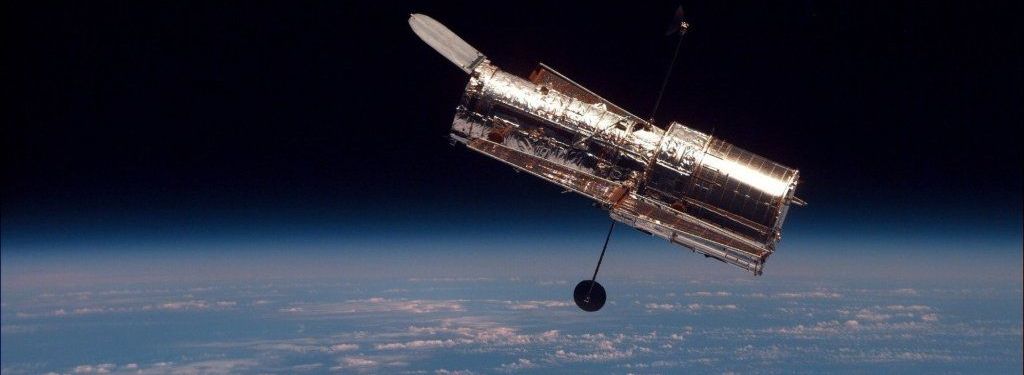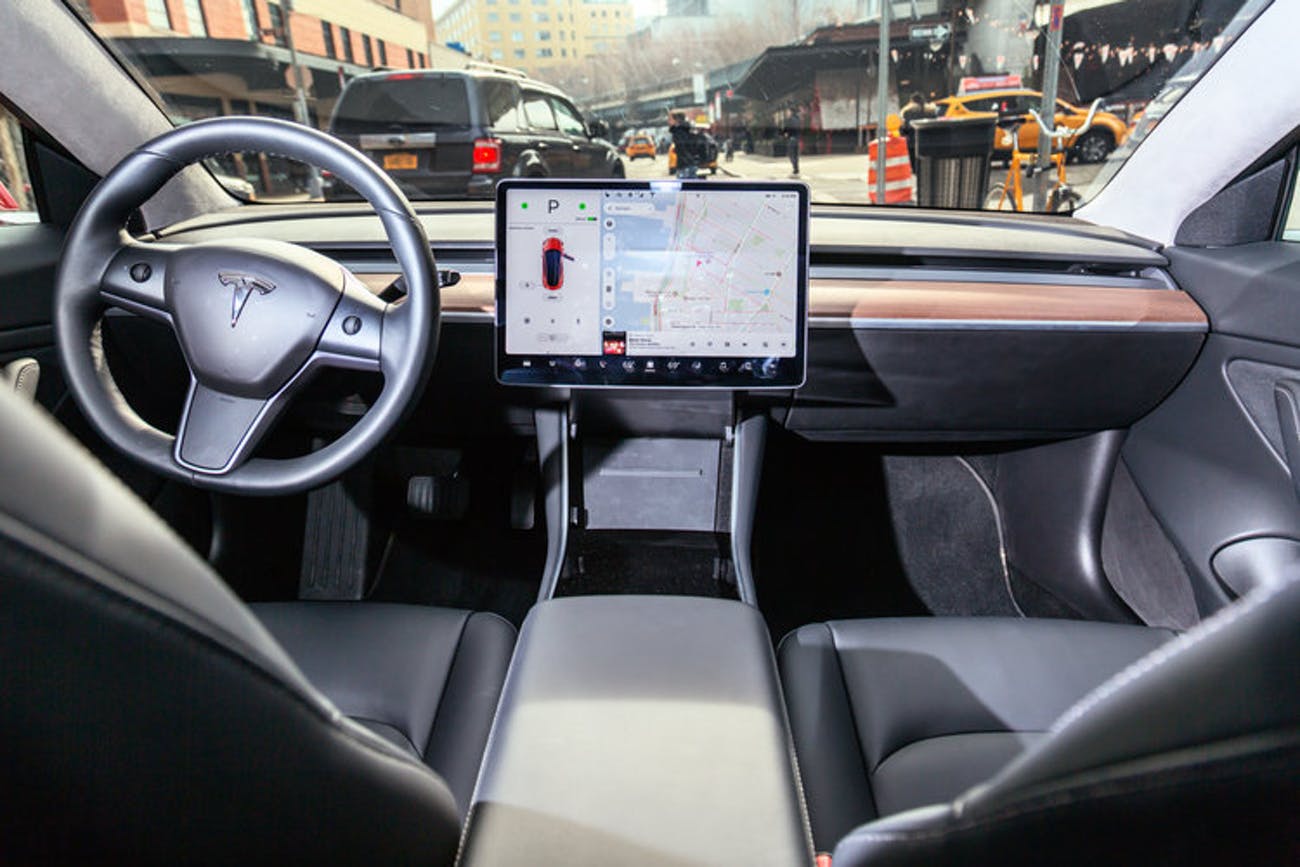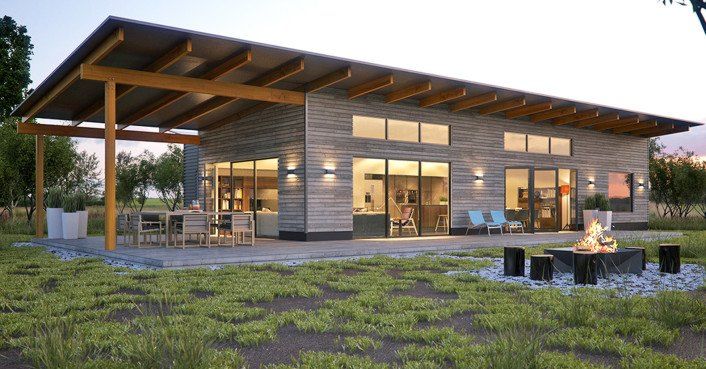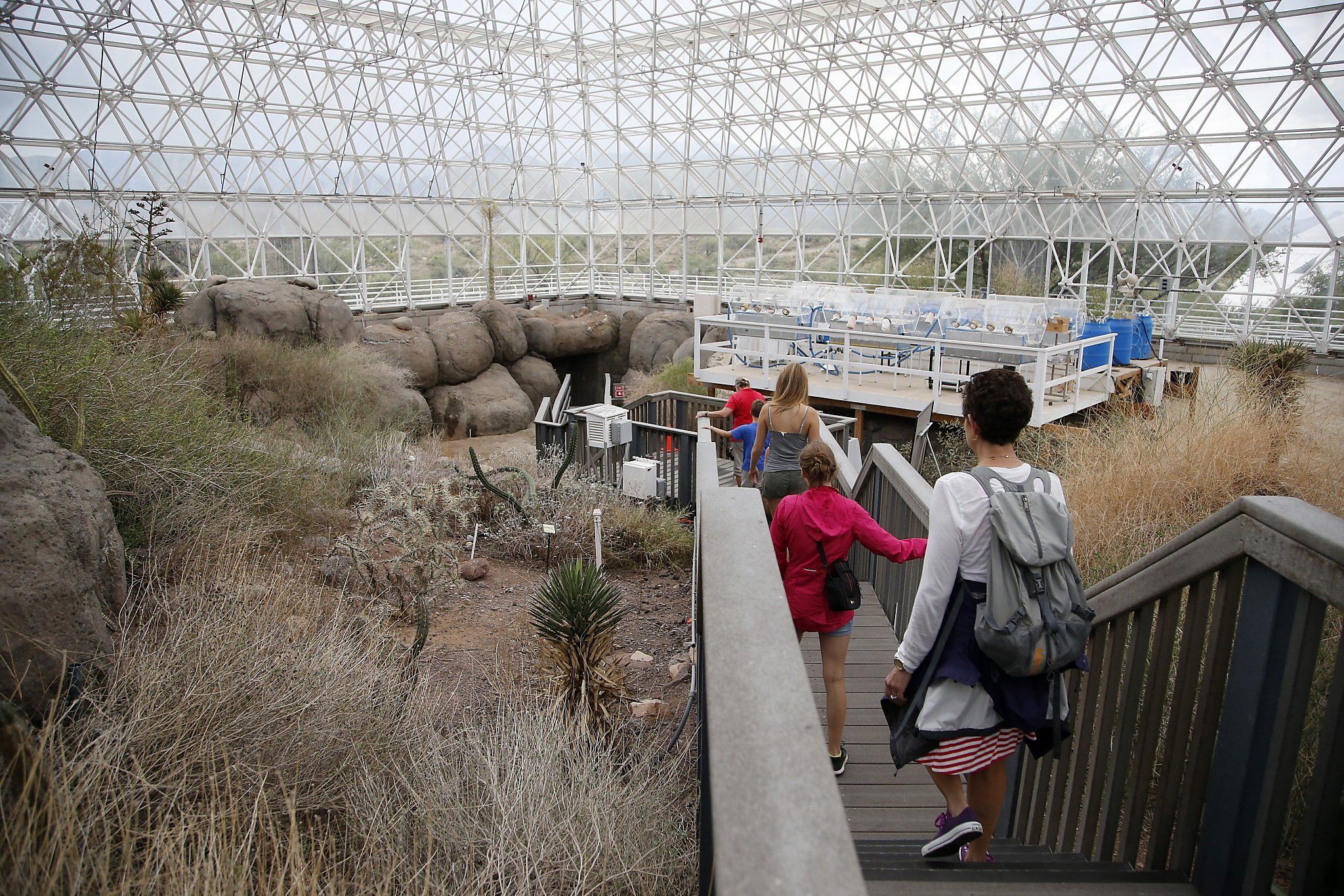It’s an unfortunate fact that a large percentage of people have some sort of trouble with their vision. Even if you don’t at the moment, every human eventually has enough trouble focusing both near and far that they’ll need glasses for one or the other as they age. Our pupils become more limited also, with young eyes able to expand and close from about 2mm to 8mm, while in seniors they hardly change size at all. Exposure to the wrong kinds of light can also lead to eye issues later in life.
Fortunately, there are a variety of high-tech solutions either available or planned that can help us delay, or workaround, or even prevent some of these problems. For many of us, the only time we think about getting new glasses or a different kind of contact lenses is when our prescription changes. But that old pair of glasses you’re wearing doesn’t include the latest high-tech advances, which might turn out to be important to you. Similarly, there is increasing competition in contact lenses as well. We’ll cover some of the most important advances below.

There is no question that UV radiation can be bad for you. However, it is only recently that scientists have realized that we hadn’t been going far enough with UV protection. Historically “UV380” was considered adequate for sunglasses. That certified that UV light below 380 nm was filtered out. But, while the light radiation from 380 nm to 400 nm may not contain as much energy, it is also the only UV light that makes it all the way to the retina. As a result, it can be a contributing factor in macular degeneration. Unfortunately, the time to start blocking UV is when you’re young, long before you typically think about or experience macular degeneration. But in any case, better late than never.









